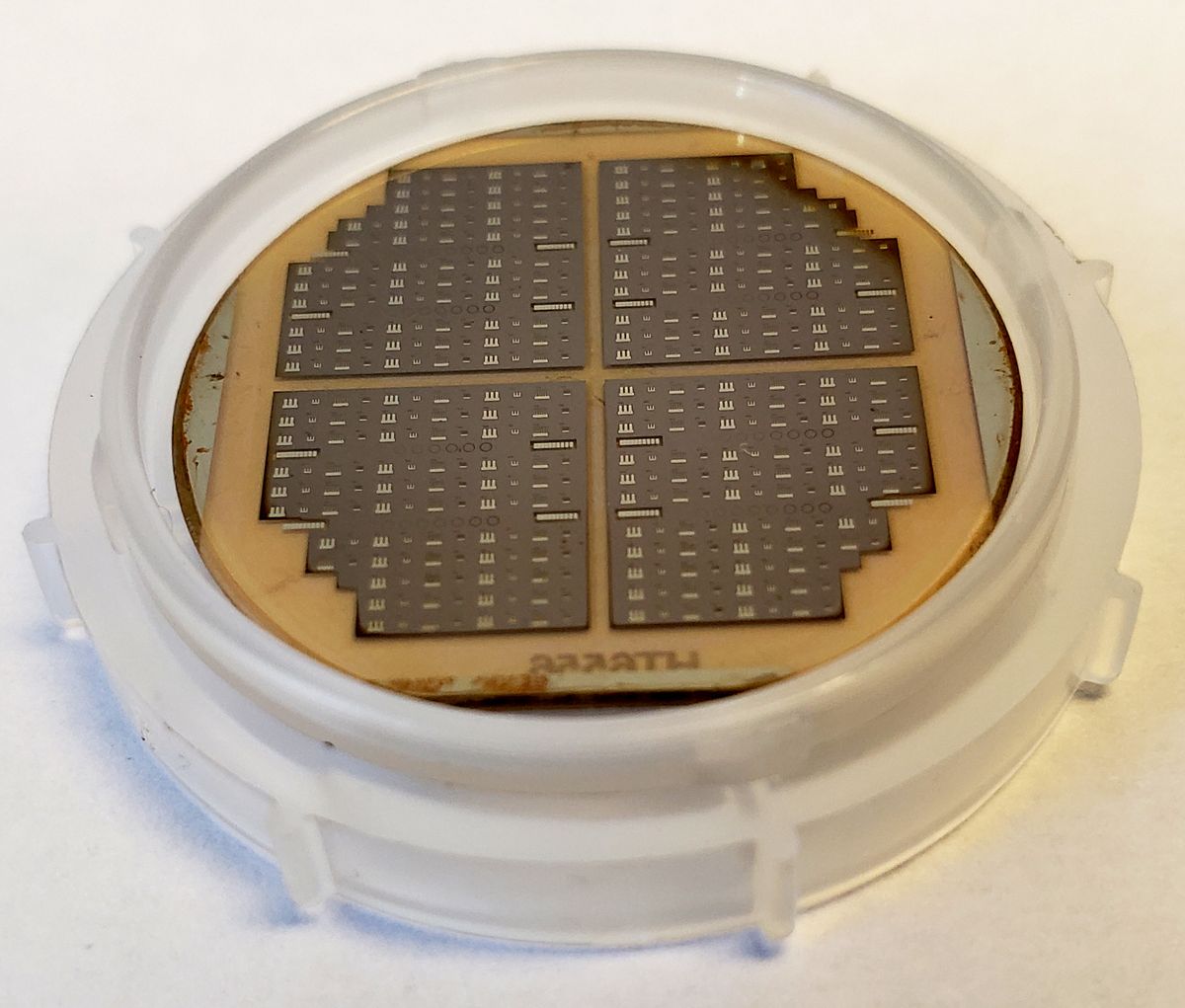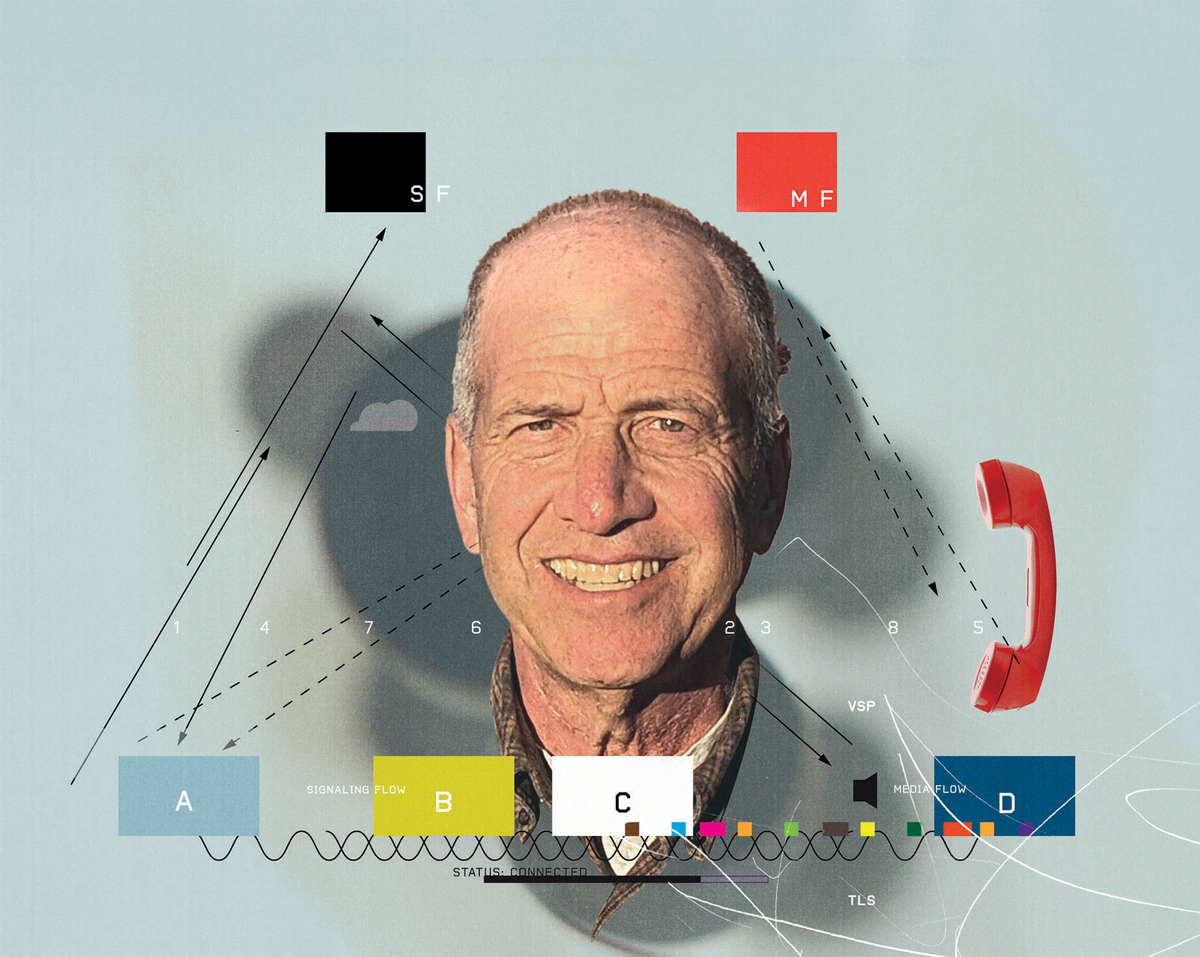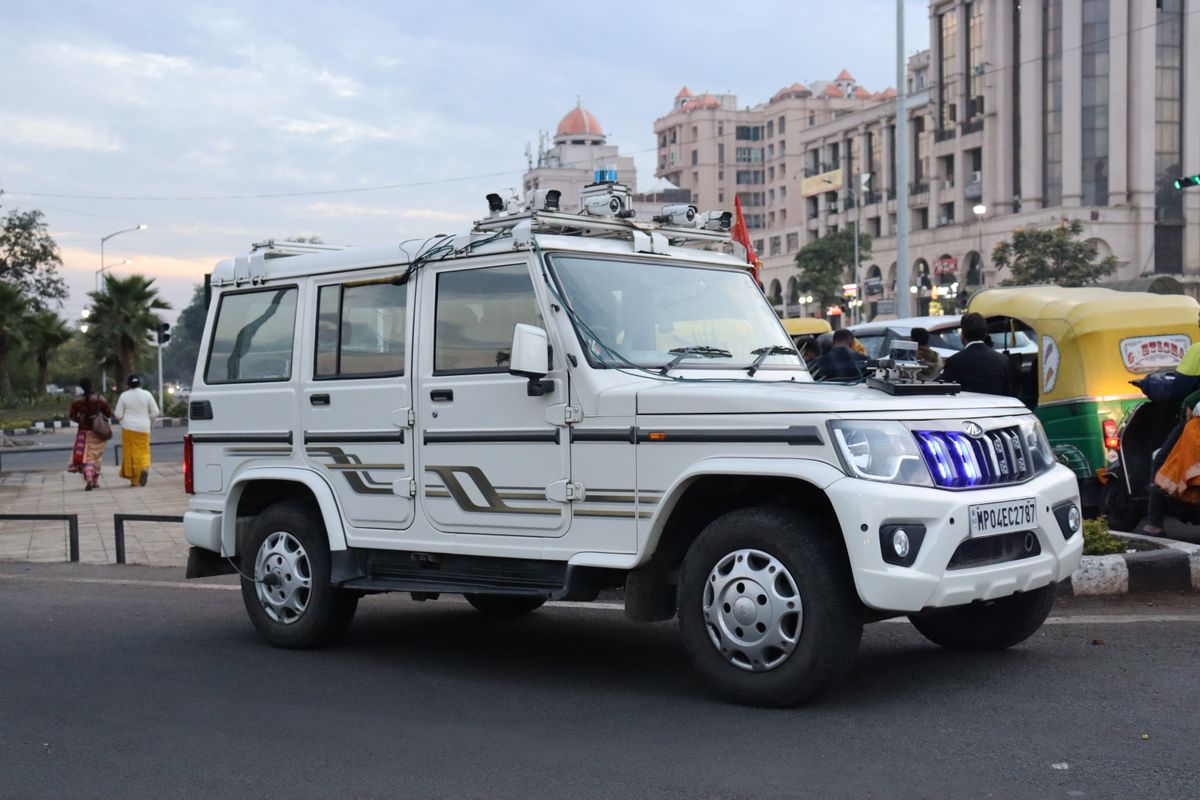The first electrically powered semiconductor laser emitting in the deep ultraviolet marks a big step into a new field, says Ramón Collazo, a materials science professor at North Carolina State University who collaborates with Adroit Materials in Cary, NC.
Researchers had thought “there was a hard wall” blocking diode lasers from emitting ultraviolet light shorter than 315 nm even in laboratory lasers, Collazo says. Now a team including Hiroshi Amano of Nagoya University, who shared the 2014 Nobel Physics Prize for inventing efficient blue light-emitting diodes, has scored another breakthrough by demonstrating a 271.8-nm diode laser, more than 40 nm deeper into the ultraviolet.
“Bio-sensing and sterilization are expected to be the first key applications” of deep ultraviolet diode lasers, says Ziyi Zhang of the Asahi Kasei Corporate Research Center in Fuji, lead author of a paper coauthored by Amano. Bio-sensors based on diode lasers “could be far smaller, cheaper, and more easily replaceable” than the bulky gas lasers, which are now the only type available at wavelengths shorter than 300 nm, Zhang says.
The U.S. Pentagon had made a significant investment in developing deep-ultraviolet lasers for bio-sensing, says Collazo, but “after three DARPA programs, the Japanese got it,” he said with a chuckle. He says that demonstrating a deep-ultraviolet laser opens the door to making diode lasers across a broad range from 220 to 365 nm.
Commercial LEDs made of the same compound, aluminum-gallium nitride, can emit wavelengths as short as 210 nm. However, their light spreads rapidly, leaving little power after tens of centimeters, which limits their applications. Laser diodes concentrate their beam over a longer distance, delivering higher power to small spots, and their light is concentrated in a band of less than 1 nm, compared to more than 10 nm for LEDs. "These features of laser diodes should enable some medical applications," says Zhang.
Diode lasers are much harder to make than LEDs because they require passing higher current densities through the layer where current carriers combine to emit light. This is a particular problem for the nitride compounds that emit in the blue, violet and ultraviolet because they are prone to crystalline defects that can cause failures at high current densities. Such material problems had stalled progress in blue LEDs and diode lasers until Amano and Isamu Akasaki at Nagoya University and Shuji Nakamura, then at the Nichia Corporation, developed new ways of processing the mixture of gallium, indium and nitrogen needed for blue emission in the early 1990s. They succeeded first with LEDs and later with diode lasers at the 405-nm wavelength needed to store high-definition digital video on Blu-Ray discs.
Diodes made from gallium, indium and nitrogen emit blue light, with the wavelength decreasing as the indium content decreases, reaching about 370 nm from pure GaN. Aluminum must be added to replace some gallium to reach shorter wavelengths, but adding aluminum also makes the compound more vulnerable to defects. That's not a severe problem for LEDs, which reached 210 nanometers in the deep ultraviolet in 2006. However, the high current density in diode lasers stalled their development in the ultraviolet. The shortest wavelengths in commercial diodes remain 375 nm, and short-lived laboratory versions remained stalled around 320 nm for years.
In 2018, a team from North Carolina State and Adroit Materials (Cary, NC) led by Adroit chief operating office Ronny Kirste was able to reduce defect levels in AlGaN containing more aluminum than gallium to produce laser light at 265 nm in the deep ultraviolet. However, their semiconductor lasers were powered by 193-nm light from a large pulsed gas laser, a technique useful in research, but not practical for applications. The holy grail for practical deep ultraviolet lasers is powering them directly by electrical current passing through the semiconductor.
A team from Asahi Kasei Corporate Research & Development in Fuji, Nagoya, and Crystal IS in Green Island, NY demonstrated the new electrically powered diode laser emitting at 271.8 nm. The keys to their success, Zhang says, were design of the laser diode structure, their technique for doping the semiconductor, and epitaxial growth on a substrate of single-crystal AlN, which reduced threshold current and operating voltage. Layers in the structure contained up to twice as much aluminum as gallium.

Their laser generated 50-nanosecond pulses at a rate of 2000 Hz, but most applications are expected to require a continuous laser beam. Zhang says that further reductions in threshold current and operating voltage should allow continuous-wave operation. Asahi Kasei plans to continue teaming the Nagoya to improve their understanding of the material system and develop commercial versions.
Adroit Materials had already working on AlGaN, and now is working to duplicate the Asahi Kasei results. "We want to replace those gas lasers" which have long been the only laser sources practical for most short-wavelength ultraviolet applications, says Kirste. "The market is huge for that." Much of that market is biological because DNA absorbs strongly at 260 nm. In addition to sensing biological material including potential pathogen, bright deep-ultraviolet sources can break apart DNA, killing pathogens. UV LEDs emitting in that range already can sterilize small volumes of water, such as needed by soldiers in the field where water supplies are suspect. Compact laser sources could sterilize larger volumes quicker.
This post was updated on 13 January 2020.
Jeff Hecht writes about lasers, optics, fiber optics, electronics, and communications. Trained in engineering and a life senior member of IEEE, he enjoys figuring out how laser, optical, and electronic systems work and explaining their applications and challenges. At the moment, he’s exploring the challenges of integrating lidars, cameras, and other sensing systems with artificial intelligence in self-driving cars. He has chronicled the histories of laser weapons and fiber-optic communications and written tutorial books on lasers and fiber optics.



